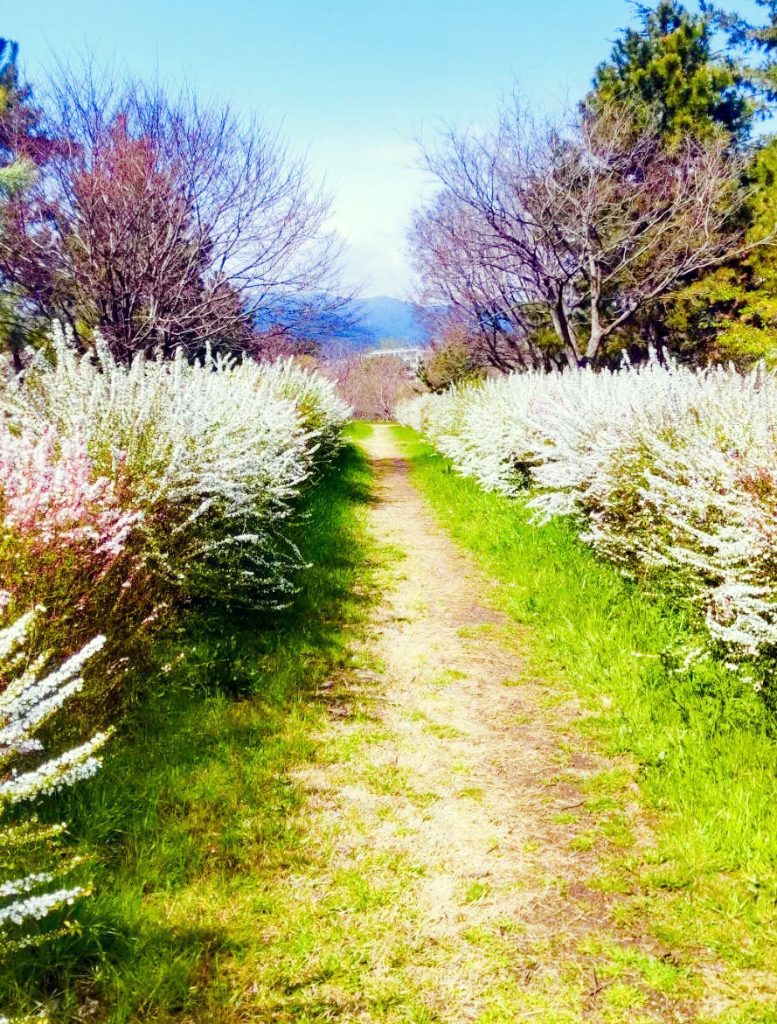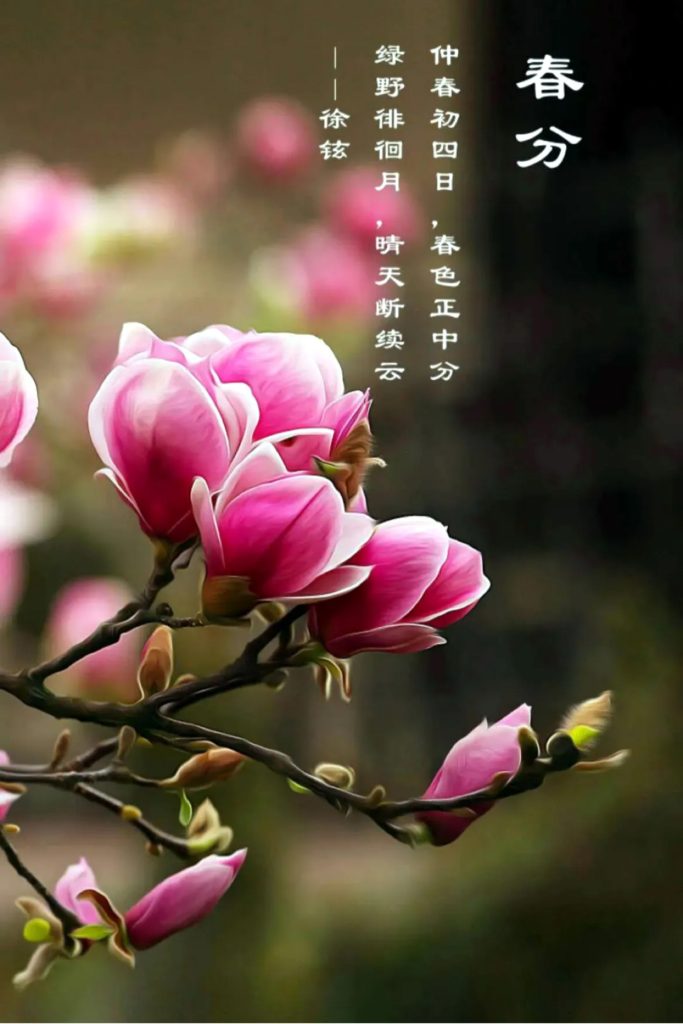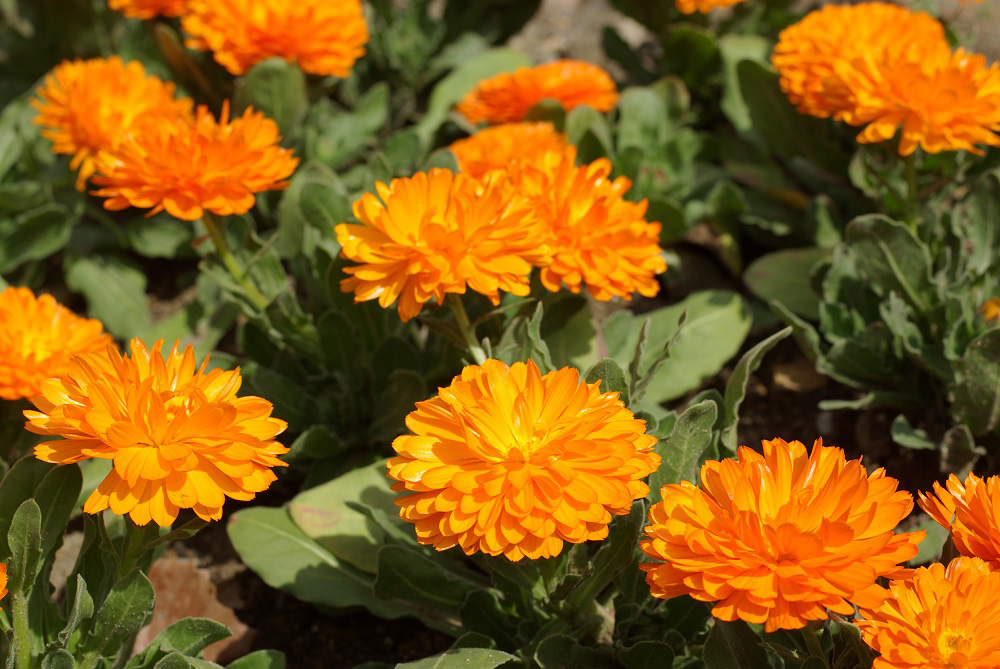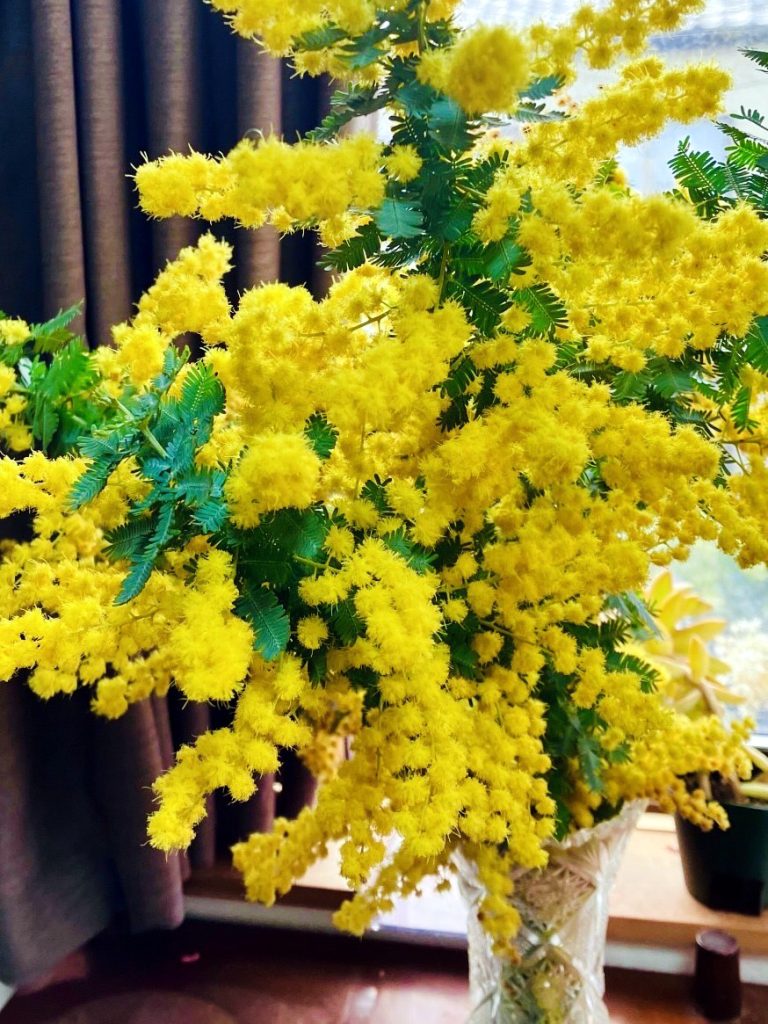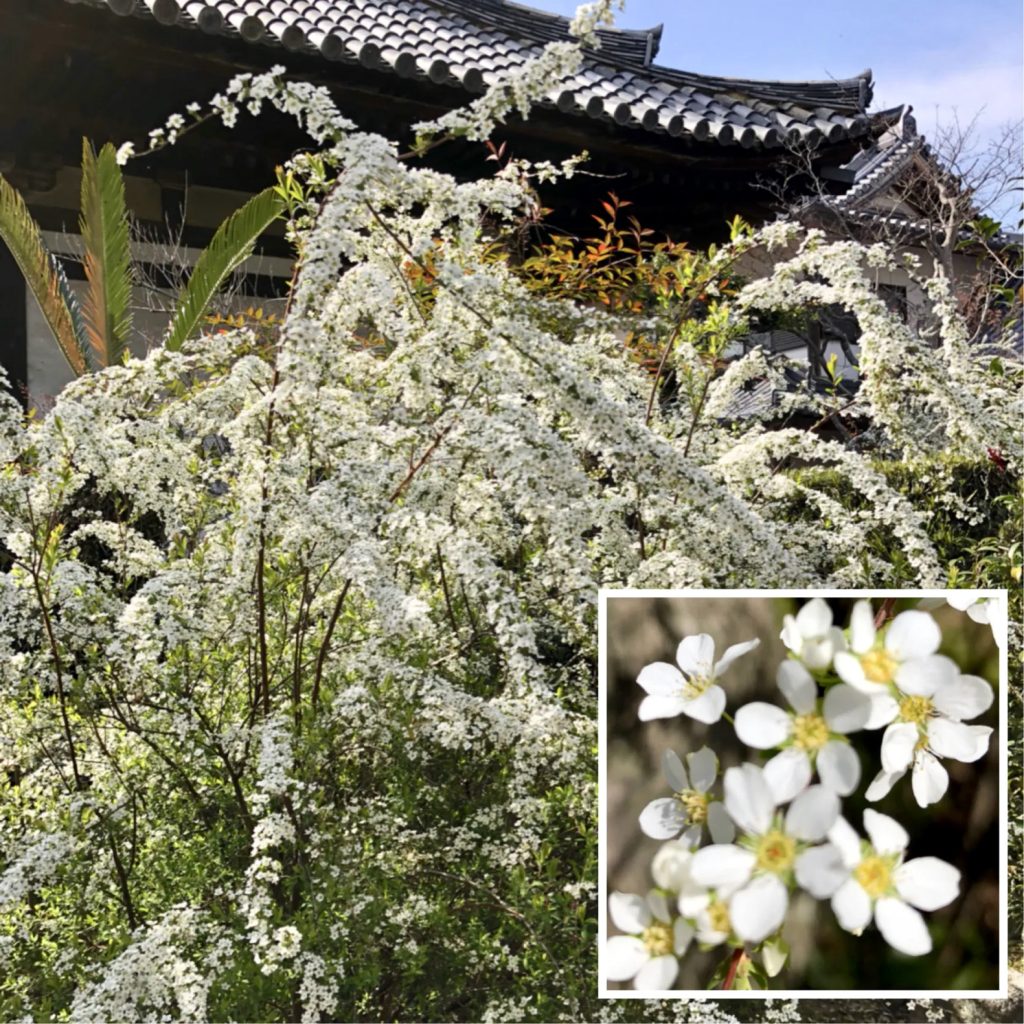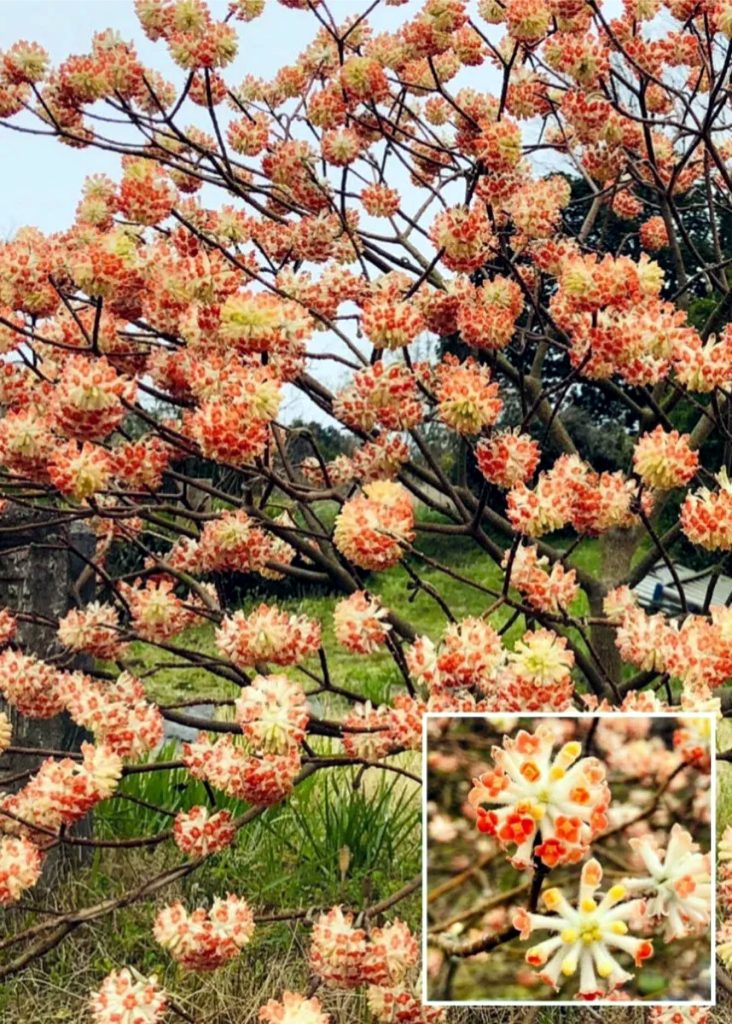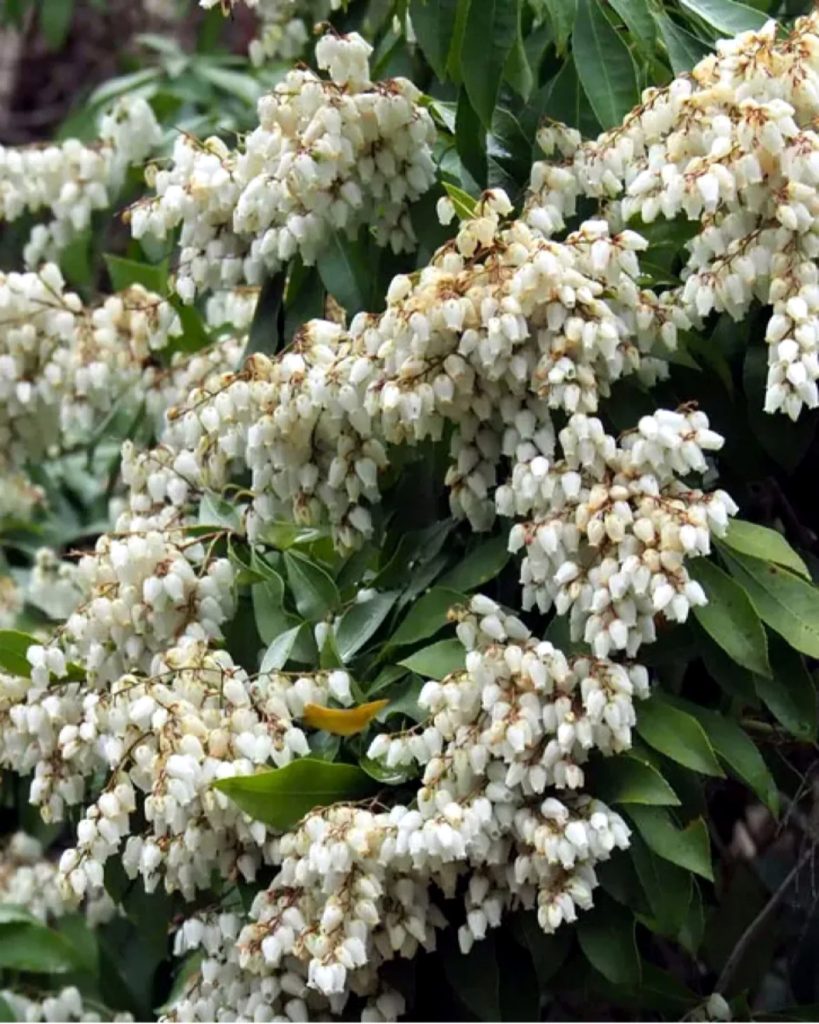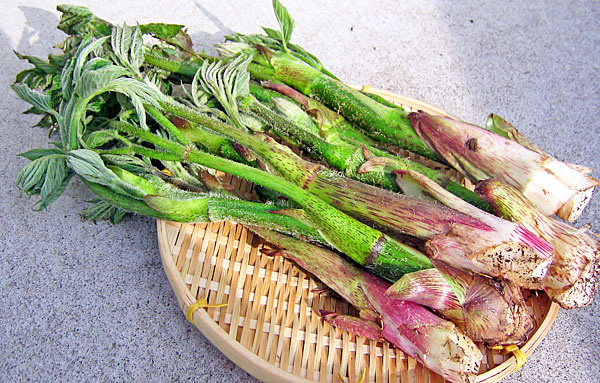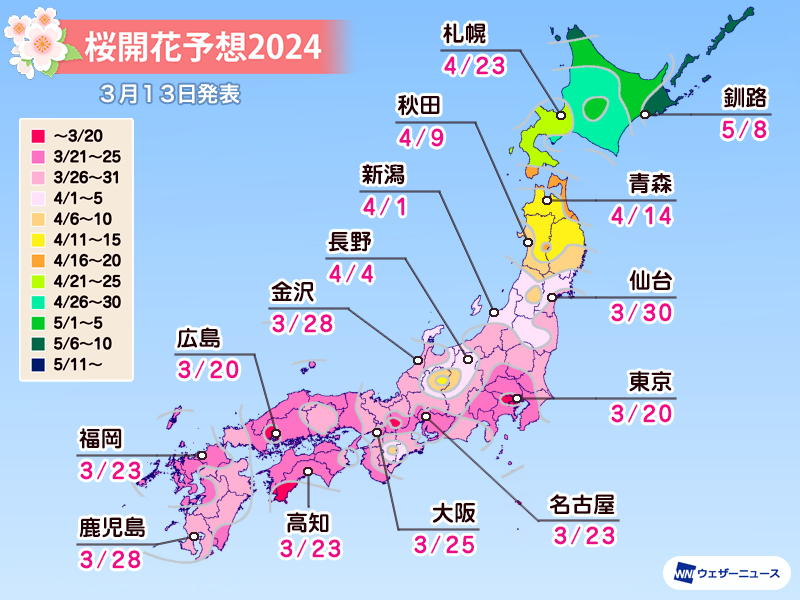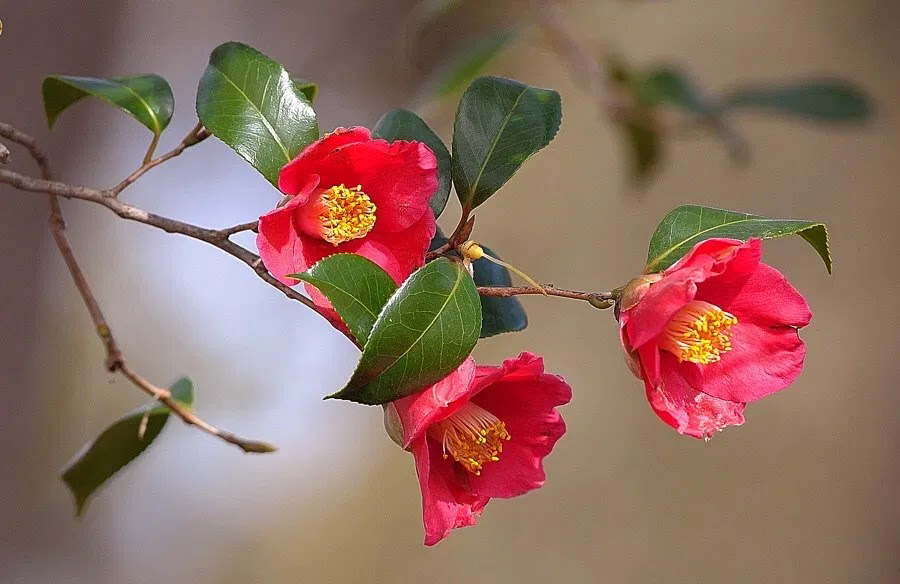
The coldness of late seems to delay the cherry blossoms’ blooming. In the quiet room, the last camellias of the year bid farewell to fireplace season. In the tea ceremony, the year is divided broadly into two seasons: the summer ‘wind season’ from May to October and the winter ‘fireplace season’ from November to April of the following year. Not only do camellias come in different colors such as white, red, and pink, but there are also varieties with various names such as “Wabisuke”, “Hatsuarashi”, “Shiratama”, and “Akebono”. It is said that there are over 2,200 species. Many were cultivated specifically for the tea ceremony. Both the camellias on the ground and those displayed in the rooms have a captivating beauty when fully bloomed. However, the camellias in the tea room and here displayed here exude a serene beauty. It feels as if one can hear the sound of camellias unfolding from buds to blossoms, and the sound of them falling along with the buds when fully bloomed. The transition from winter to spring is indeed a shift from stillness to motion. The transition from camellias to cherry blossoms evokes the essence of transience and the cycle of life.
このところの寒さで桜の開花が遅れている様です。静まり返った部屋には、今年最後の椿が炉の季節に別れを告げています。茶の湯では、5月から10月までを夏季の「風炉の季節」、11月から翌年の4月までを冬季の「炉の季節」と大きく二つに分けますが、炉の季節の花は何といっても椿です。椿には白、赤、ピンクといった色の違いは勿論のこと、「侘助」をはじめとして、「初嵐」「白玉」「曙」などの様々な銘を持った品種があり、現在その数は何と二千二百種にも上ると言われています。多くは茶の湯に供するために生み出されました。地植えの椿もそうですが、開花しきった椿のあでやかさには目を奪うものがあります。しかし茶席の椿やこうした部屋差しの椿には静謐の美しさがあります。椿が蕾から花開くときの音、咲ききって蕾ごと落ちるときの音が聞こえるような気がします。冬から春はまさしく静から動への移り変わりです。椿から桜への移り変わりは、万物の移ろいと輪廻の姿を感じさせます。

